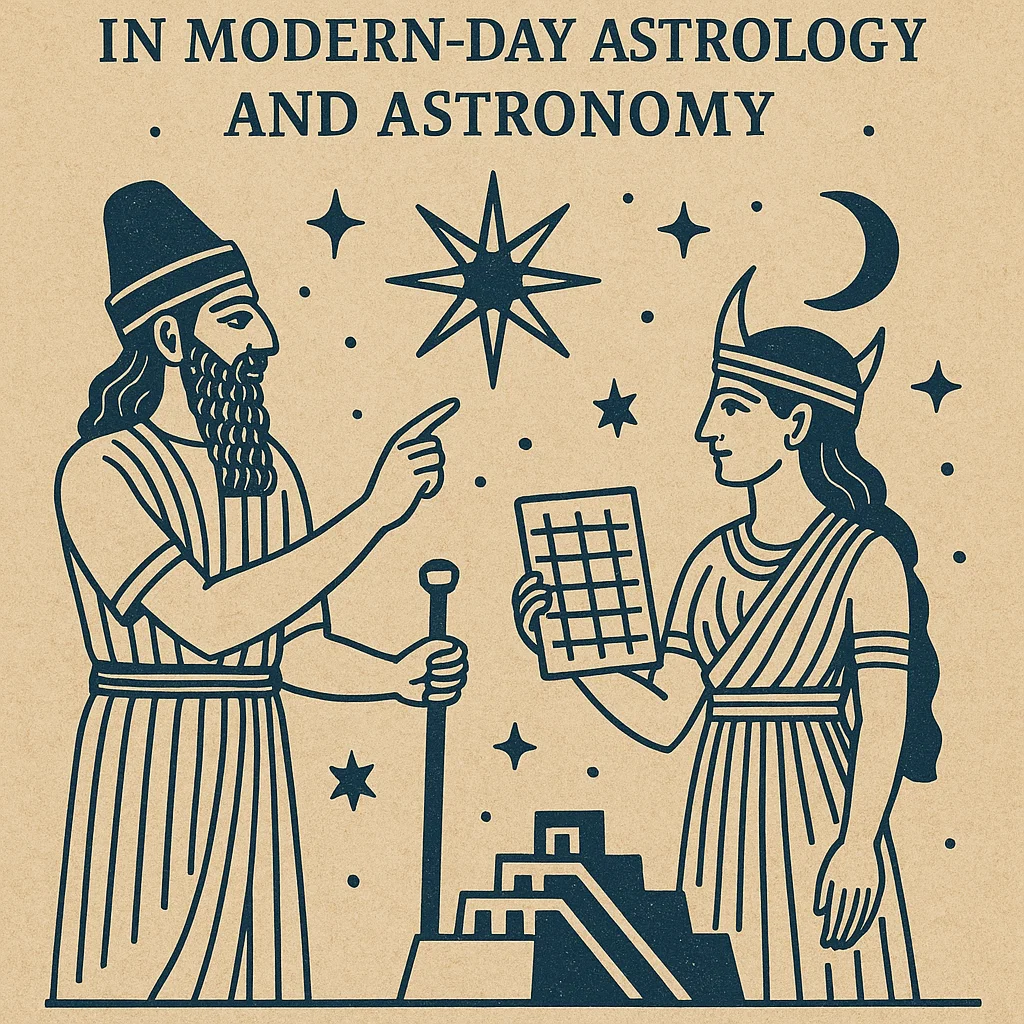Introduction
Judaism, as one of the oldest monotheistic religions, has played a significant role in the spiritual, cultural, and social development of humanity. This comprehensive research paper delves into the intricate history, profound beliefs, revered prophets, genealogical lineage, rich culture, and complex belief system that define Judaism. This detailed analysis provides a thorough understanding of how Judaism has shaped and been shaped by historical events, cultural exchanges, and theological developments over millennia.
Chapter 1: Historical Origins and Development
1.1 Patriarchal Period (c. 2000–1500 BCE)
1.1.1 Abraham: The First Patriarch
- Covenant with God: Abraham’s significance in Judaism stems from his covenant with God, promising that his descendants would become a great nation. This covenant is foundational to Jewish belief and identity.
- Migration: Abraham’s journey from Ur to Canaan marks the beginning of the Jewish people’s connection to the land of Israel.
1.1.2 Isaac and Jacob
- Isaac: Abraham’s son, Isaac, continued the covenant. His near-sacrifice is a pivotal story demonstrating faith and obedience.
- Jacob (Israel): Jacob, renamed Israel, fathered twelve sons who became the progenitors of the Twelve Tribes of Israel. His life and experiences form a significant part of the Jewish narrative.
1.2 Egyptian Sojourn and Exodus (c. 1600–1200 BCE)
1.2.1 Joseph in Egypt
- Ascent to Power: Joseph’s rise to power in Egypt set the stage for the Israelites’ settlement in Egypt.
- Famine Relief: Joseph’s management of famine relief saved Egypt and his family, emphasizing divine providence.
1.2.2 Slavery and Liberation
- Enslavement: Over time, the Israelites were enslaved by a new Pharaoh who did not recognize Joseph’s contributions.
- Moses and the Exodus: Moses, chosen by God, led the Israelites out of Egypt. The Exodus and the receiving of the Torah at Mount Sinai are central events in Jewish history and faith.
1.3 Settlement in Canaan and the Monarchy
1.3.1 Conquest and Settlement
- Joshua’s Leadership: After Moses’ death, Joshua led the Israelites into Canaan, conquering and settling the land.
1.3.2 The United Monarchy
- King Saul: The first king of Israel, Saul, established the monarchy.
- King David: David, Saul’s successor, expanded the kingdom and made Jerusalem its capital.
- King Solomon: Solomon, David’s son, built the First Temple in Jerusalem, centralizing worship and solidifying the nation’s religious identity.
1.4 Divided Kingdom and Exile
1.4.1 The Divided Kingdom
- Israel and Judah: After Solomon’s death, the kingdom split into Israel (north) and Judah (south), leading to differing destinies.
1.4.2 Assyrian and Babylonian Conquests
- Assyrian Conquest: The northern kingdom fell to the Assyrians in 722 BCE.
- Babylonian Exile: The Babylonians destroyed the First Temple in 586 BCE, exiling many Jews to Babylon. This period of exile profoundly affected Jewish identity and theology.
Chapter 2: The Second Temple Period
2.1 Return and Reconstruction
2.1.1 Persian Rule
- Cyrus the Great: The Persian king allowed Jews to return to Jerusalem and rebuild the Temple, initiating the Second Temple period.
2.1.2 Rebuilding the Temple
- Zerubbabel and Ezra: Leaders like Zerubbabel and Ezra spearheaded the reconstruction of the Temple and the re-establishment of religious practices.
2.2 Hellenistic Influence
2.2.1 Alexander the Great
- Cultural Exchange: Alexander’s conquests introduced Hellenistic culture, significantly influencing Jewish life and thought.
2.2.2 Maccabean Revolt
- Antiochus IV Epiphanes: His attempts to Hellenize the Jews led to the Maccabean Revolt.
- Hasmonean Dynasty: The successful revolt established the Hasmonean dynasty and led to the rededication of the Temple, celebrated as Hanukkah.
2.3 Roman Period and Diaspora
2.3.1 Roman Conquest
- Pompey the Great: The Romans took control of Judea in 63 BCE, leading to increased tensions and uprisings.
2.3.2 Destruction of the Second Temple
- Great Revolt: The Jewish revolt against Roman rule culminated in the destruction of the Second Temple in 70 CE, a catastrophic event leading to the Jewish diaspora.
2.3.3 Bar Kokhba Revolt
- Final Rebellion: The Bar Kokhba revolt (132–135 CE) against Roman rule ended in defeat, significantly impacting Jewish presence in Judea.
Chapter 3: Rabbinic Judaism and the Talmudic Period
3.1 Development of Rabbinic Judaism
3.1.1 Transition to Rabbinic Authority
- Pharisees’ Influence: After the Temple’s destruction, the Pharisaic tradition evolved into Rabbinic Judaism, focusing on Torah study and oral law.
- Yavneh: The establishment of a rabbinic academy in Yavneh marked a shift to a community centered around study and interpretation of the Torah.
3.1.2 Compilation of Key Texts
- Mishnah: Around 200 CE, Rabbi Judah the Prince compiled the Mishnah, a codification of oral laws.
- Talmud: The Mishnah, along with the Gemara (commentary), formed the Talmud, completed around 500 CE. The Talmud became central to Jewish law and theology.
3.2 Jewish Life Under Various Empires
3.2.1 Sassanian Empire
- Babylonian Talmud: Jewish communities in the Sassanian Empire contributed significantly to the Babylonian Talmud, which became authoritative in Jewish law.
3.2.2 Byzantine Empire
- Persecutions and Policies: Jews in the Byzantine Empire faced periods of persecution, affecting their religious and social practices.
Chapter 4: Medieval Jewish History
4.1 Jewish Life in the Islamic World
4.1.1 The Golden Age in Spain
- Cultural Flourishing: Under Islamic rule, particularly in Spain, Jewish culture and scholarship thrived. Prominent figures such as Maimonides (Rambam) made significant contributions to philosophy, medicine, and Jewish law.
4.1.2 The Geonim
- Babylonian Academies: Jewish academies in Babylonia, led by the Geonim, were central to Jewish scholarship and the interpretation of the Talmud.
4.2 Jewish Life in Christian Europe
4.2.1 Ashkenazi and Sephardi Jews
- Distinct Communities: Jewish communities in Christian Europe developed distinct cultural and religious practices. Ashkenazi Jews in Eastern Europe and Sephardi Jews in the Iberian Peninsula had unique liturgies, languages, and traditions.
4.2.2 Persecutions and Expulsions
- Crusades and Inquisition: Jews faced significant persecution, including during the Crusades and the Spanish Inquisition. These events led to expulsions and migrations, profoundly impacting Jewish life.
Chapter 5: Early Modern Period
5.1 Emancipation and Enlightenment
5.1.1 Haskalah Movement
- Jewish Enlightenment: The Haskalah encouraged Jews to integrate into European society while maintaining their religious identity. It promoted education, secular knowledge, and reforms in Jewish practice.
5.1.2 Legal Emancipation
- Citizenship Rights: Gradual legal emancipation in Europe allowed Jews to participate more fully in civic life, although they continued to face social discrimination.
5.2 Zionism and the Modern State of Israel
5.2.1 Birth of Zionism
- Theodor Herzl: Herzl’s advocacy for a Jewish homeland in response to European anti-Semitism laid the groundwork for modern political Zionism.
5.2.2 Balfour Declaration and British Mandate
- Support for a Jewish Homeland: The 1917 Balfour Declaration and subsequent British Mandate in Palestine facilitated Jewish immigration and settlement.
5.2.3 Holocaust and Post-War Period
- Impact of the Holocaust: The genocide of six million Jews during World War II underscored the need for a Jewish state.
- Establishment of Israel: In 1948, the State of Israel was founded, providing a homeland for Jews worldwide and significantly shaping Jewish identity and geopolitics.
Chapter 6: Prophets and Sacred Texts
6.1 The Role of Prophets in Judaism
6.1.1 Major Prophets
- Isaiah, Jeremiah, and Ezekiel: These prophets delivered messages of warning, hope, and redemption, shaping Jewish theology and eschatology.
6.1.2 Minor Prophets
- Hosea, Amos, and Others: The twelve minor prophets contributed to Jewish moral and ethical teachings through their calls for justice and faithfulness.










